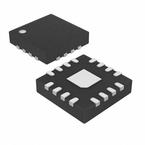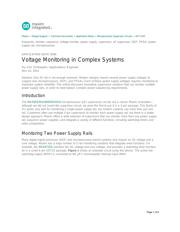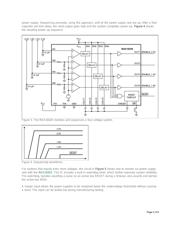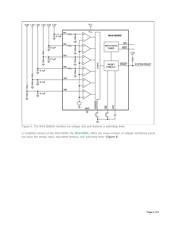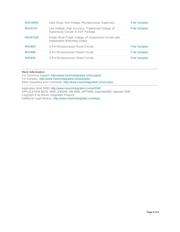下载

Maxim > Design Support > Technical Documents > Application Notes > Microprocessor Supervisor Circuits > APP 5040
Keywords: monitor, sequence, voltage monitor, power supply, supervisor, uP supervisor, DSP, FPGA, power
supply rail, microprocessor
APPLICATION NOTE 5040
Voltage Monitoring in Complex Systems
By: Eric Schlaepfer, Applications Engineer
Nov 01, 2011
Abstract:
One 5V
rail is not enough anymore. Modern designs require several power supply voltages to
support new microprocessors, DSPs, and FPGAs. Each of these power supply voltages requires monitoring to
maximize system reliability. This article discusses innovative supervisory solutions that can monitor multiple
power supply rails, in order to meet today's complex power-sequencing requirements.
Introduction
The MAX803/MAX809/MAX810 microprocessor (µP) supervisory circuits are a classic Maxim innovation—
although we did not invent the supervisor circuit, we were the first to put it in a 3-pin package. This family of
ICs works very well for monitoring a single power supply rail, but modern systems use more than just one
rail. Customers often use multiple 3-pin supervisors to monitor each power supply rail, but there is a better
design approach: Maxim offers a wide selection of supervisors that can monitor more than one power supply
rail, sequence power supplies, and integrate a variety of different functions, including watchdog timers and
extra comparators.
Monitoring Two Power Supply Rails
Many digital-signal-processor (DSP) and microprocessor-based systems only require an I/O voltage and a
core voltage. Maxim has a large number of 2-rail monitoring solutions that integrate extra functions. For
example, the MAX6732A monitors the I/O voltage and core voltage, and provides a watchdog timer function,
all in a small 6-pin SOT23 package. Figure 1 shows an example circuit using this device. The active-low
watchdog output (WDO) is connected to the µP's nonmaskable interrupt input (NMI).
Page 1 of 6

